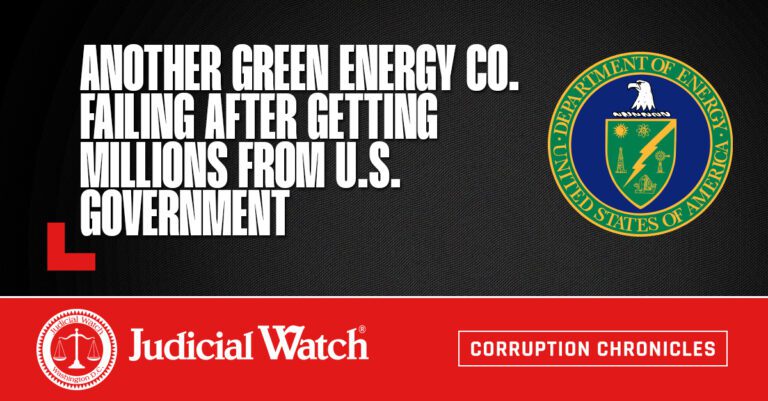Steve Levine’s 2015 book, Powerhouse: Inside the Invention of a Battery to Save the World, tells the story of one of the laboratories competing for federal (2009 ARRA) stimulus money targeting battery development. Along the way the book illustrates the difficulty of commercializing even brilliant ideas.
I learned the same lesson as a young lawyer in the 1980s. One of my jobs back then was to understand the regulatory requirements for new energy and environmental technologies that were trying to move from the invention stage to commercial availability. Those years were a lot like today in that Congress had created new financial incentives for energy and environmental innovation. The law firm I worked for did a lot of “deals” to finance new businesses that would, ostensibly, develop and sell these new technologies.
I recall working on deals for inventions that would supposedly render safe and inert all sorts of hazardous substances — asbestos, nuclear waste, hazardous waste, and more. Many of them involved superheating the nasty stuff along with sand and other substances in rotary kilns, supposedly creating a harmless solid product (one that proponents seemed to almost always contend could be safely mixed with road aggregate). Investors invested in these projects because their owners had proved the basic concept at the desktop or pilot stage. But as you may have guessed, many of these ideas did not survive the leap to commercialization.
That leap is over a broad and fiery chasm filled with dragons, and most of the coolest new ideas don’t reach the other side. Yet the ideas themselves are too interesting for editors and reporters to resist. And so we are treated to regular reports of magic bullet ideas that “could” provide us with climate “solutions”: synthetic trees whose “leaves” generate electricity from wind energy, roadways that generate electricity from the kinetic energy of cars, or increasing polar sea ice using a thin layer of glass, or by desalinating seawater using mini-submarines.
These are all interesting, clever ideas, and some are already being tried in real life. But far more important to the transition are the difficult political choices we have to make — the collective decisions about tradeoffs between energy security, affordability and environmental impacts. And stories about cool new technologies push those important stories that would help readers understand those tradeoffs to the back pages, or out of the popular media altogether.
So readers who support the energy transition develop the impression that existing technology makes it easy to afford a reliable, zero-carbon energy system. And opponents of greenhouse gas regulation might reason that emissions limits are unnecessary because technology will solve the climate problem without them. Technology, including clean energy technology, will get better over time, but that truism implies neither of those two reactions.
The massive subsidies in the Inflation Reduction Act (IRA) should help that process along in the same way that a shotgun hits and misses its target at the same time. Energy transition advocates should, therefore, gird themselves for endless stories about the “misses” — developers who captured IRA tax benefits but whose projects turned out not to be economically viable — in right wing media.
Like a wildcatter who must drill some dry wells in order to strike oil, the IRA will help useful projects reach maturity. It puts taxpayers on the hook for the hits and the misses because Congress lacks an appetite for regulating greenhouse gases via more technology-agnostic policies. Imprecision is the price we pay for that reluctance to address an important national problem in a way that insulates taxpayers from risk. It is a second best alternative that is nevertheless far better than ignoring a complex problem that is already upon us, and will grow bigger and costlier over time if we don’t address it.
Meanwhile, like snarky soap opera villains, right wing media bubbles will ignore the cases that produce cost reductions and cleaner energy, and instead shine a continuous light on every failure. Left wing bubbles will produce mirror image impressions of the statute and its effects, often just as snarkily. If and when more voters start discussing these issues across partisan and ideological bubbles, then perhaps more fundamental progress can be made. — David Spence



